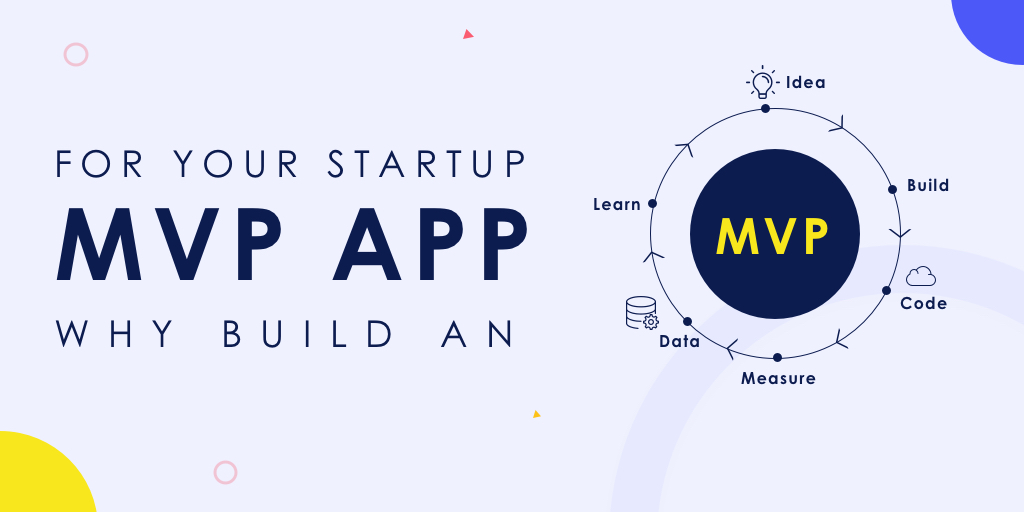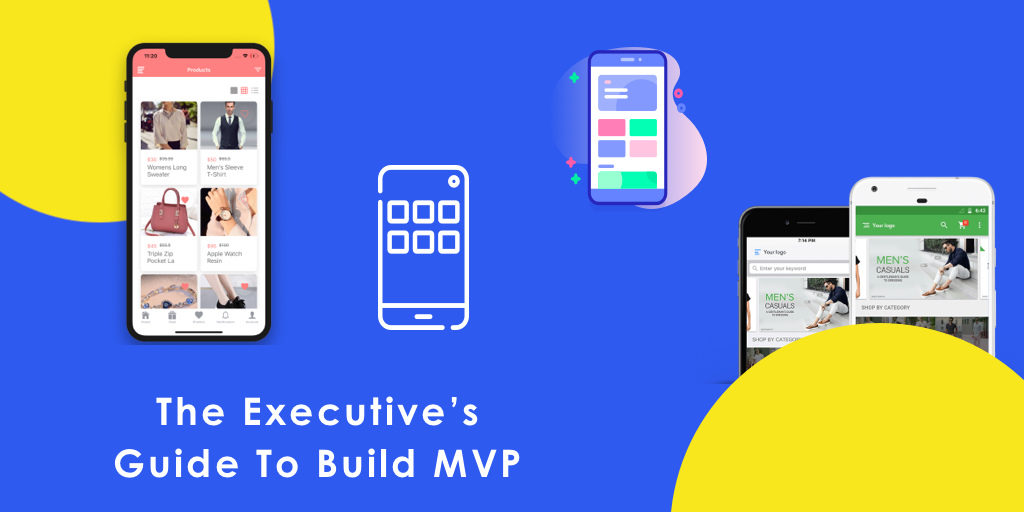When you go for a swim, are you the type who tests the temperature of the water or do you just jump right in?
If you really want to go swimming, you don’t care if the water is too cold. You’re going to do it anyway. But if you’re not a fan of freezing water, you may dip a toe in before deciding if it’s right for you.
A lot of people fit in these two categories when it comes to new business ventures. Some get an idea and dive straight in, sparing no expense to see their idea through to the end—even if they need to pivot a few times along the way. Others take their idea and present it to potential customers first, then decide if it’s worth investing more time and resources.
Many of the world’s wealthiest entrepreneurs fit into both categories, but it’s easy to see there’s less risk in testing an idea to gauge demand before going all in. That’s why so many business leaders like to start with a minimum viable product (MVP). It not only cuts costs, but you get results much faster.
Why MVP is The Best Strategy For App Development?

Developing an app requires a clear plan for how it will function, what features it will include, how the user interface will look, and what overall user experience you need to achieve. It also goes without saying there is a lot of code that needs to be written and tested to ensure there aren’t any problems. And if your app needs to connect to other services or legacy systems, the development process can get complex very fast.
As you can see, professional app development requires the expertise of people with numerous backgrounds, such as market research, strategy, UX/UI design, and a dedicated group of coders. This means a full-featured app can take several months to build before the first potential customer ever sees it.
However, using an MVP app development strategy can cut the time and costs related to development by 50-60%.
So what’s the catch?
You’re only going to launch with an app that serves one purpose: satisfying the primary need you’re addressing for your targeted audience.
Research has shown that about 60% of the features within most apps don’t get used by customers. That means there is no need to waste time on all the bells and whistles and “nice-to-haves” within your app when you’re making version 1.0. Start small, build it quick, and see if it’s going to be a success. If it is, then you can have your app developers steadily add all the extras. Your customers will like to see regular feature updates as well, because it shows you’re dedicated to improving an app they already love to use.
When you use the MVP strategy, you don’t need to worry about your app being ugly or buggy. All the same care and attention to design that would be put into a full-featured app is put into an MVP. The only difference is that the development team is able to focus on only the parts that really matter. There will be a clear roadmap for how to add more features, so all the groundwork will be there for the app to expand without the need to rebuild it. MVP apps are built to scale in a way that matches demand.
How MVP Development Works?

It all starts with an idea. It’s ok to bring all the features and integrations you’d like to have with other apps to the first meeting with your developers. Just be aware that you’ll be working with them to identify the core components of the app, so a lot of your feature ideas won’t be included in the first iteration.
Your research team will then find competitors to see how they are solving similar problems, while also looking for areas where they’re not meeting customer needs. Additionally, they may suggest some quick experiments to test audience demand, such as making a basic landing page for preorders or to collect email addresses of people who want to be notified when the app is released. This step can give you early insights about what your customers need and how they expect the finished product to work. It also creates a built-in user base for when you launch your app, which will help with marketing and determining the next set of features you should add.
After the scope of the project has been determined, development teams will sketch out the overall look and user experience before the code is developed. And since every possible feature won’t be in the app, this part of the process will move quickly, specifically for fixing coding errors. When all the features are in an app, it can sometimes be difficult to find the source of problems. It’s also common for a solution that corrects one problem to create another. Starting with an MVP app development strategy simplifies the process and will allow you to launch an app that runs flawlessly on day one.
How Blue Whale Apps Can Help
Blue Whale Apps can handle all parts of the development process, from helping you identify a market need to making and implementing a plan for how to solve it. We specialize in end-to-end development for Fortune 1000 businesses and government agencies, including consulting, branding, UX design and hand-crafted code.
Recent projects have included apps within the healthcare, technology, public utilities, entertainment, retail, consumer products and automotive industries. And for 2019, Blue Whale Apps was named the #1 Mobile App Developers by AppFutura, Clutch, and Good Firms.
Contact us today to discuss your ideas for an MVP and begin the process of getting it in the hands of your customers.








